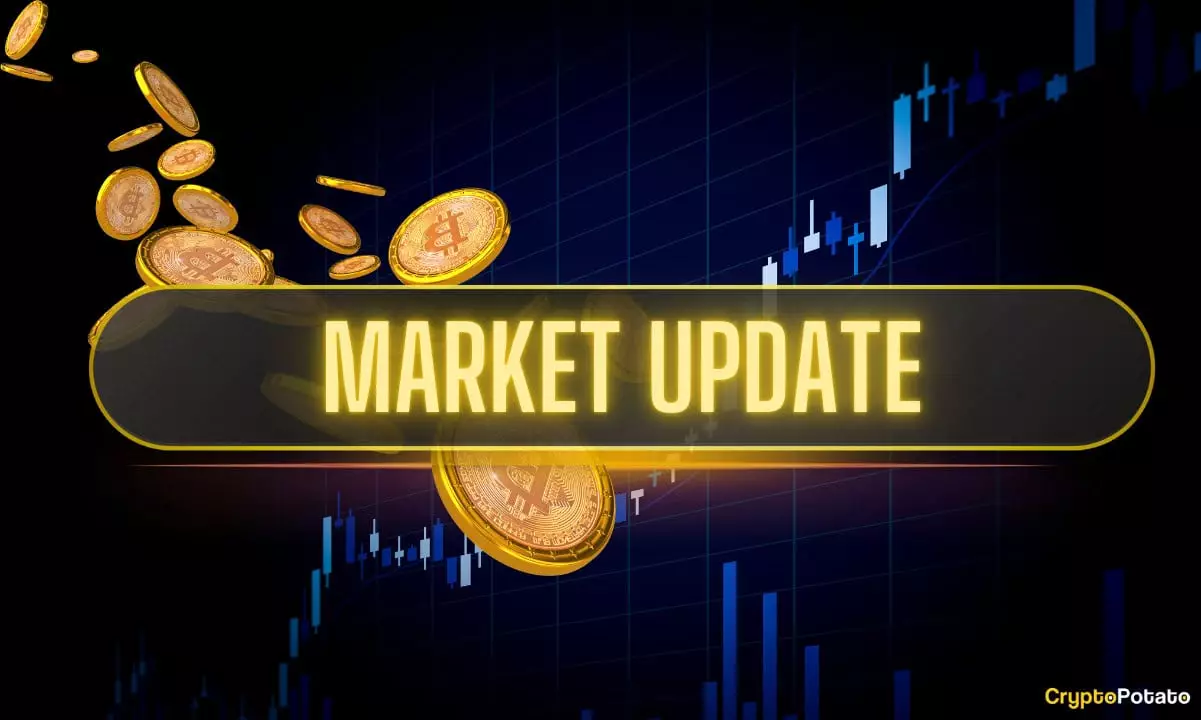Bitcoin’s recent performance has surprised many market observers, rallying to nearly $109,000 just before the holiday week, and ending the second quarter with an impressive 30% gain. Such numbers might tempt casual investors to believe that crypto has entered a robust new phase, but beneath this surface lies a more complex reality. While the technicals showcase strength, the sentiment is fragile, buffeted by macroeconomic uncertainties and political headwinds. Major financial institutions and seasoned analysts remain divided—some projecting a potential ascent toward $200,000 by year’s end, banking on bullish macro stimuli; others warn of a possible correction down to $90,000, citing technical overbought signals and looming regulatory threats.
What must be acknowledged is that Bitcoin, despite its recent strength, is increasingly tethered to extraordinary fiscal policies and political developments. Every rally seems to be fueled by inflows of liquidity rather than genuine decentralization or organic growth. This reliance on macroeconomic stimulus and government policy exposes vulnerabilities that could threaten to upend what appears to be a resilient trend. Without careful restraint, the market risks creating a fragile bubble that could burst as swiftly as it inflates.
Political Fallout and Fiscal Policy: Catalyst or Catastrophe?
The political landscape has played an outsized role in shaping recent crypto dynamics, especially with the passage of Donald Trump’s massive $5 trillion “One Big Beautiful Bill.” This legislation, which guarantees tax cuts, raises the debt ceiling, and rolls back green energy incentives, signals a significant shift in U.S. fiscal policy. While some investors view this as a bullish signal—anticipating inflationary pressures that traditionally benefit scarce assets such as Bitcoin—others see it as a dangerous gamble that will accelerate the nation’s debt spiral and undermine the dollar’s stability.
The irony is palpable: in a nation riddled with partisan gridlock, it’s the fiscal largesse and deficit expansion that seem to buoy Bitcoin’s prospects, not fiscal discipline. Conservative-leaning factions often dismiss concerns over rising debt, viewing Bitcoin as a hedge against future inflation and a safeguard against government overreach. Yet, this perspective overlooks the mounting risks of currency devaluation and the deterioration of economic stability over the long term. Moreover, the political spectacle involving Elon Musk and Donald Trump underscores an emerging cultural divide at the core of the crypto discourse. Musk’s critique of the bill’s green energy cuts and his hinted interest in forming a third party seem to reflect frustration with entrenched political establishments—yet, such rhetoric risks further politicizing an already volatile space.
Regulatory Risks and Market Reality
While the crypto scene is buoyed temporarily by bullish sentiment, caution remains paramount. Notably, the removal of a crypto tax relief amendment frustrated miners and investors, revealing how fragile legislative support for crypto-friendly policies continues to be. Mounting regulatory uncertainty, both domestically and internationally, looms as a potential threat. Governments are increasingly scrutinizing stablecoins, trading platforms, and market manipulations, which could slow or derail the current upward momentum.
Additionally, the ongoing legal battles—like Celsius’ lawsuit against Tether—highlight the unsettled nature of the market infrastructure. Solving disputes over billions in assets and legal liabilities will be critical for establishing a stable regulatory environment. Just as Bitcoin’s bull run seems to be fueled by favorable macro trends, it could evaporate swiftly if regulatory headwinds intensify or if major institutions pull back amid the chaos.
The push for a U.S. strategic Bitcoin reserve echoes the contradictions inherent within the ecosystem. On one hand, it signals rising institutional acceptance; on the other, it underscores the lack of cohesive policy frameworks. Such strategies might bolster Bitcoin’s legitimacy over time, but could also attract greater political scrutiny, especially if central authorities perceive it as a threat to fiat currency dominance.
The Illusion of Decentralization and the Prospect of Institutional Adoption
Despite the narrative of Bitcoin as a decentralized, anti-establishment asset, the truth is far more complicated. The recent surge of institutional interest—exemplified by BlackRock’s Bitcoin ETF surpassing S&P 500 fund revenue—demonstrates that corporations are increasingly viewing crypto as a legitimate treasury asset. This shift is fundamentally at odds with the original ethos of decentralization, transforming Bitcoin into a tool for institutional portfolio diversification rather than grassroots empowerment.
Meanwhile, the prospect of Ethereum becoming a preferred asset for corporate treasuries questions Bitcoin’s dominance: Ethereum’s versatility and the upcoming ETH ETF approvals could shift capital flows away from Bitcoin, further fragmenting the market. It also reflects a wider institutional pivot towards assets that offer programmable features and smart contract capabilities—traits that Bitcoin does not prioritize.
Yet, this institutional embrace raises concerns over market integrity. Heavy involvement from large players could lead to price manipulation, reduced transparency, and the eventual distortion of the very principles crypto was built upon. It’s a double-edged sword: adoption legitimizes the space but also risks regulatory clampdowns and centralized control—ironies that long-time advocates tend to dismiss.
The Future: Illusions, Risks, and the Need for Vigilance
Looking ahead, the narratives of explosive rallying or impending collapse are simplistic. Bitcoin’s current resilience masks structural vulnerabilities in the ecosystem, with political divisiveness, regulatory unpredictability, and macroeconomic instability acting as persistent threats. As much as optimism about reaching new all-time highs persists, it is naive not to recognize the potential for swift reversals once the underlying cracks widen.
The crypto market’s trajectory hinges on trust—not just in Bitcoin, but in the political will and regulatory framework that could either stabilize or destabilize it. As geopolitics, fiscal policy, and institutional interests continue their complex dance, the only certainty is that investors should remain cautious—aware that the apparent strength may be an illusion, masked by the very forces that will ultimately decide its fate.













